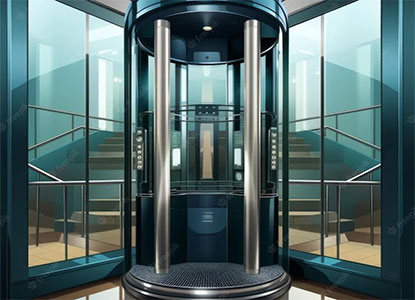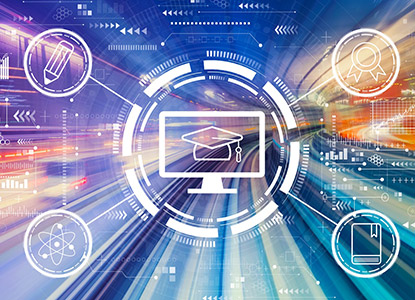
Trends and Innovations about Lift and Elevators
The global lift and elevator industry is undergoing a significant transformation, driven by rapid urbanization, smart city initiatives, sustainability demands, and advancements in digital technology. As of recent market analyses, the global elevator and escalator market is projected to surpass USD 150 billion by 2030, with Asia-Pacific leading growth due to rising infrastructure development in countries like China, India, Indonesia, and Vietnam. Urban densification has intensified demand for high-speed and space-saving elevator solutions, particularly in megacities with limited horizontal expansion. Governments and private sector developers are increasingly investing in high-rise residential, commercial, and mixed-use buildings—driving adoption of vertical mobility solutions. The modern elevator is no longer just a transport mechanism but a vital component of building intelligence, energy efficiency, and user experience.
One of the most notable innovations reshaping the industry is the integration of IoT (Internet of Things) and AI-powered systems for real-time monitoring, predictive maintenance, and seamless building management. Smart elevators now feature touchless controls, mobile app-based access, and destination dispatch systems that reduce wait times and optimize traffic flow. Global OEMs like Otis, KONE, Schindler, and Thyssenkrupp are pioneering technologies such as ropless elevators (e.g., MULTI by Thyssenkrupp), which use magnetic levitation for multidirectional movement—breaking traditional vertical transport limits. Additionally, regenerative drive systems that recover and reuse energy are becoming standard, aligning elevators with global sustainability goals and green building certifications like LEED and BREEAM. Retrofitting old elevator systems with energy-efficient components and smart controls is also a growing market segment, particularly in Europe and North America. Another emerging trend is the modular and prefab elevator market, which enables faster, cleaner, and more cost-effective installations in both new and existing buildings.
As accessibility and safety remain top priorities, manufacturers are innovating with voice-guided systems, Braille displays, emergency evacuation protocols, and AI-assisted fault detection to cater to aging populations and diverse user groups. In the post-pandemic era, hygiene-focused solutions such as antimicrobial buttons, UV air purification systems, and contactless operations have become essential features. The global demand is also influenced by regional policies—such as China push for smart infrastructure, the UAE emphasis on luxury high-rises, and Europe strong focus on modernization and sustainability. These dynamics continue to shape a competitive and fast-evolving landscape. For industry stakeholders, staying ahead of these trends and embracing innovation is not just an opportunity—it is a necessity for delivering safe, efficient, and future-ready vertical mobility solutions.








